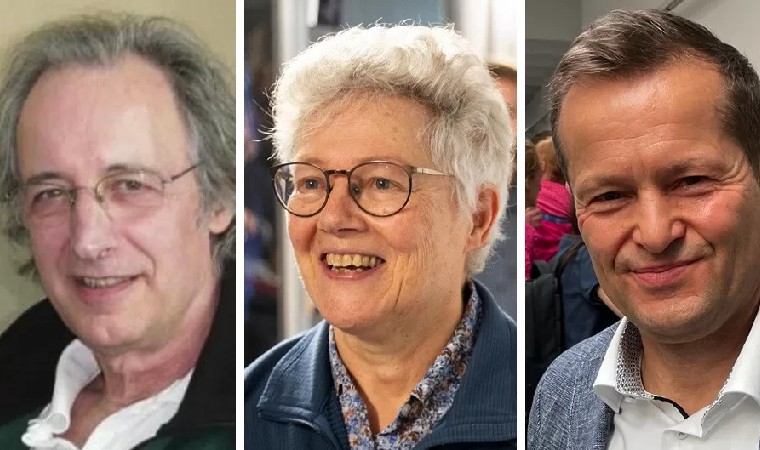Kathmandu: This year’s Nobel Prize in Physics rewards experiments with light that capture “the shortest of moments” and opened a window on the world of electrons.
The award goes to Pierre Agostini, Ferenc Krausz and Anne L’Huillier.
Their work demonstrated a way to create extremely short pulses of light that can be used to capture and study rapid processes inside atoms.
The winners will share prize money of 11m Swedish krona (£824,000).
The Royal Swedish Academy of Sciences said the three laureates’ experiments produced “pulses of light so short that they are measured in attoseconds”.
One attosecond is a quintillionth of a second – it is to a second what one second is to the age of the Universe.
This work demonstrated that these almost unimaginably short pulses – like an ultra high-speed shutter – could be used to study how electrons behave.
Electrons are particles inside atoms and they move incredibly fast – in billionths of a second. Prior to the laureates’ breakthroughs, they effectively appeared as blurs under the most advanced microscopes – their movement and behaviour was too rapid to follow.
“Attosecond physics” is bringing important processes inside atoms and molecules into sharper focus. The development is likely to lead to even more accurate electron microscopes, much faster electronics and new tests able to diagnose diseases at a much earlier stage.
(News Source: BBC)
